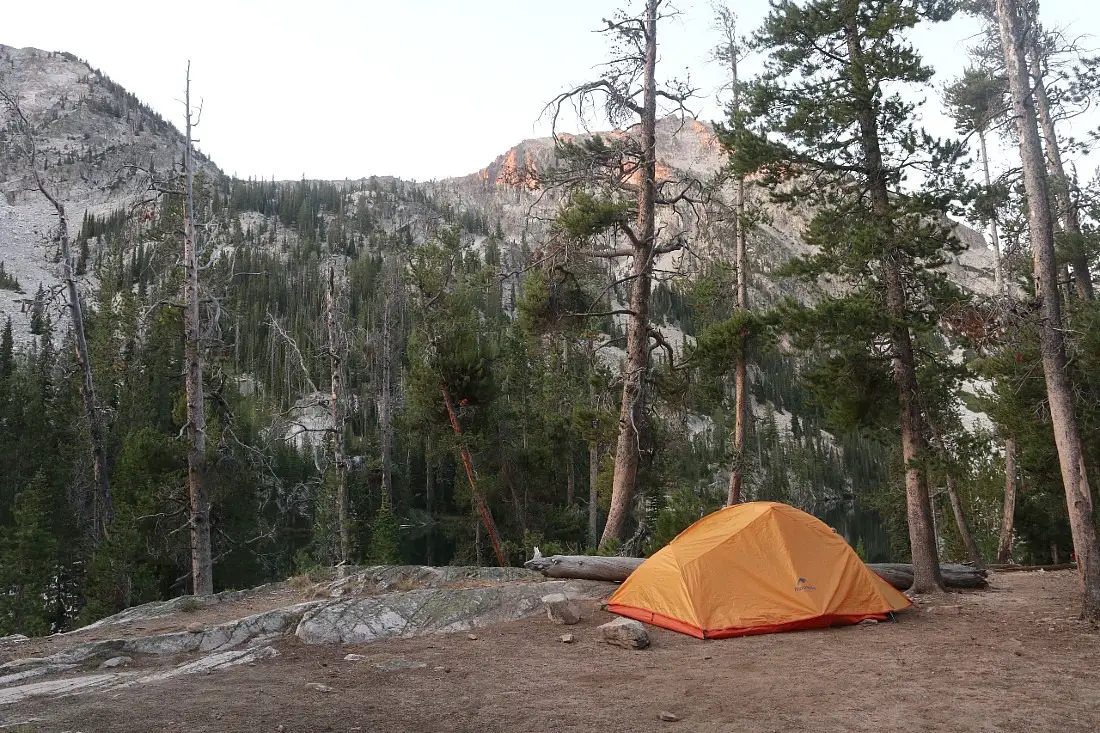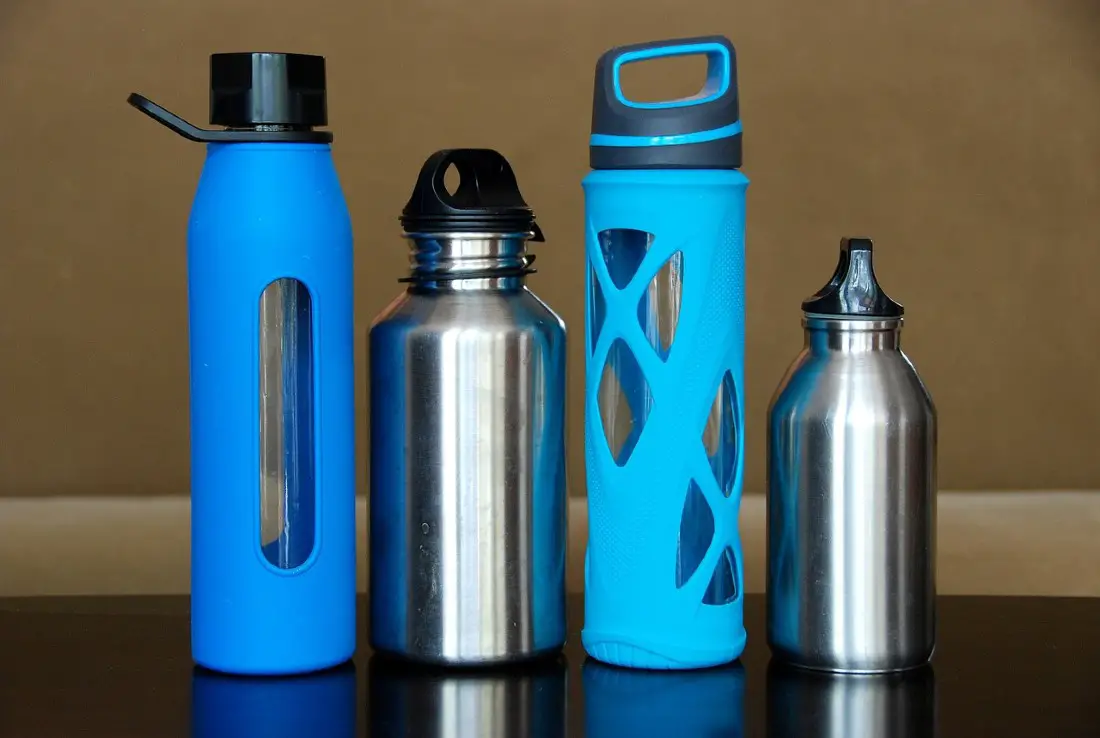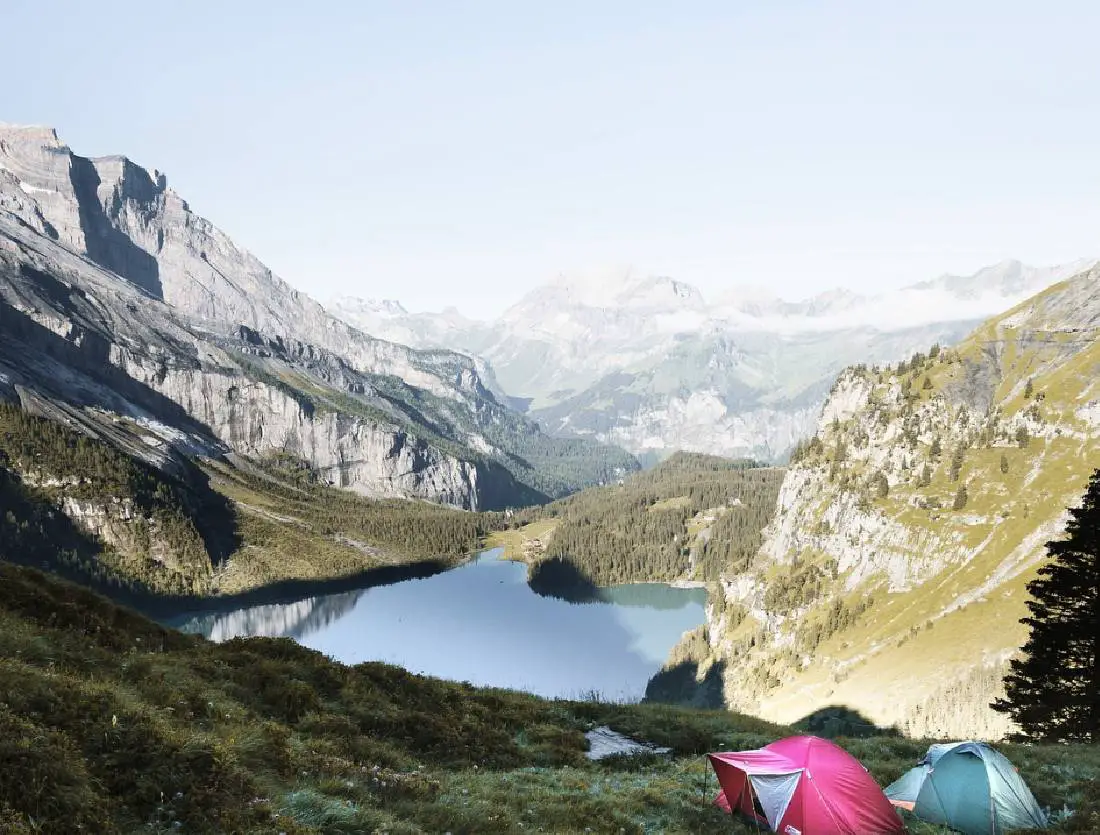This post may contain affiliate links. If you make a purchase through an affiliate link, I will earn a commission at no extra cost to you. Thanks for your support.
Camping is a fun way to enjoy the great outdoors while helping improve your overall mental and physical health. Surprisingly, the camping industry has experienced significant growth in recent years. According to statistics, there were five times as many first-time campers in 2020 as there were in 2019.
Unfortunately, as more people try camping as a hobby, the environment may suffer. So, whether you’re a first-time camper or have had several camping trips, it’s important to know how to reduce your carbon footprint while immersed in nature.
Here are five tips to make your camping experience eco-friendly and more sustainable.

Tips For Sustainable Camping
Consider Your Tent And Camping Equipment
A quick Google search of camping equipment will bring up an influx of inexpensive items that may entice new and experienced campers.
But when looking for camping supplies like a tent, stay away from fragile, cheap materials. They may not last long, thus wasting money and contributing to a high carbon footprint.
In general, the best method to have the least impact on the environment is to buy pre-owned camping equipment rather than getting the newest and latest gear. You can look at second-hand stores or buy it from friends. Not only can it help you stay sustainable, but it also saves you money in the long run.

Buy A Power Station
A camping trip may be about enjoying nature, but it doesn’t necessarily mean that you can live without electricity. Whether you need to charge your phone after a day of snapping photos or want to light up your campsite, a portable power station for camping can provide sustainable electricity.
Powered by solar energy, portable power stations are sustainable energy solutions when camping, offering a variety of power outputs, sizes, and charging options. This way, you never have to run out of electricity while camping again. It also ensures that your electronics are fully charged before heading off.
Ditch Plastic Water Bottles
While it’s easier to grab a case of bottled water for your next camping trip, think about how much it’ll harm the environment. A study revealed that it takes three times as much water to make a single plastic water bottle than to fill one.
Moreover, plastic bottles are one of the most harmful wastes to the environment. During production, chemicals used for a single bottle are so toxic that it renders any water unusable.

After use, plastic bottles often end up in landfills, where they take hundreds to thousands of years to decompose. As they do, toxic chemicals start to leach, polluting water and soil.
So, trade plastic water bottles with reusable ones to take with you on your next camping trip (or anywhere else).
Bring Reusable Dishes And Utensils
Along the same lines as using a plastic water bottle, using paper plates and plastic utensils for eating can harm the environment. While the idea of simply throwing them away after eating instead of doing the dishes sounds nice, choosing reusable dinnerware can go a long way in helping Mother Earth.

Not only can it help you save money by using the same utensils and dishes every time you go camping, but it also helps reduce waste created. And, as mentioned before, plastic and Styrofoam materials can take decades to degrade and only contribute to pollution.
Consider Your Campsite Location Carefully
You probably love long road trips since they allow you to discover remote campsites far from home. However, it would help if you only made those trips occasionally rather than regularly.
Remember that by choosing to camp at locations closer to where you live, you can help the environment by reducing fossil fuel use, which in turn minimizes your carbon footprint. Additionally, you can spend more time admiring nature because you don’t have to spend as much time driving and getting to your location.

Aside from proximity, it would be best if you also tried to avoid busy campsites. During peak seasons, popular campsites may receive more visitors than the environment can handle. So, to reduce the strain on the area, consider looking for less popular sites. Consider visiting popular campsites during the low season instead.
Conclusion
At a glance, camping may appear to be an environmentally-friendly activity. However, if you’re not too careful in planning your camping trip, you can produce as much waste and disrupt Mother Earth as much as you would at home.
However, by implementing the tips mentioned above, you can ensure that your camping trip is as sustainable as possible, allowing you to experience the wonders of nature without the guilt.
